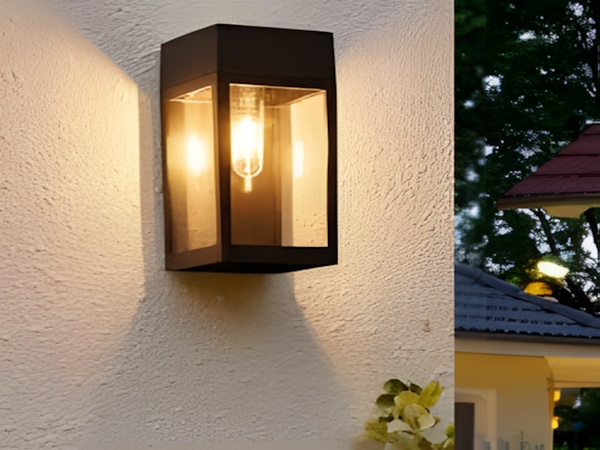

At night, we walk on the streets, and there are always streetlights to help illuminate our way. Nowadays, these street lights are generally solar-powered. The battery, as a primary component of solar streetlights, plays an undeniable role. The reasonable configuration of the battery capacity directly determines the effectiveness of the solar streetlight. So, what is the method for calculating the battery capacity configuration for solar streetlights? Let’s take a look together.
Calculation method for solar streetlight battery capacity:
The capacity of the battery is crucial for ensuring a continuous power supply. Throughout the year, the power generation of solar panels varies significantly from month to month. During months when the power generation cannot meet the electricity demand, the energy stored in the battery is used; conversely, in months where the power generation exceeds the electricity demand, excess energy is stored in the battery.
Battery capacity calculation (taking a 24V 40W solar streetlight as an example):
1. LED light, single circuit, 40W, 24V system.
2. Local average daily effective sunlight is calculated as 4 hours.
3. Daily discharge time is 10 hours (for example, from 7 PM to 5 AM) with the controller adjusting the LED light’s power in segments to reduce total power consumption, actually calculating based on 7 hours of daily discharge.
(Example 1: From 7 PM to 11 PM at 100% power, from 11 PM to 5 AM at 50% power. Total: 7 hours)
(Example 2: From 7:00 to 10:30 at 100%, from 10:30 to 4:30 at 50%, from 4:30 to 5:00 at 100%)
4. To accommodate continuous rainy days for 5 days (plus the electricity usage on the night before the rain, totaling 6 days).
Current = 40W ÷ 24V
= 1.67A

Calculate battery = 1.67A × 7 hours × (5 + 1) days
= 1.67A × 42 hours
= 70AH
Reserve 20% of the battery’s charging and discharging capacity; the actual current of the streetlight is above 2A (adding 20% loss, including constant current source and line loss).
Actual battery requirement = 70AH plus 20% reserved capacity, then plus 20% loss.
70AH ÷ 80% × 120% = 105AH
The actual battery required is 24V/105AH. Since a single battery is generally 12V, two 12V100AH or two 12V120AH solar streetlight batteries need to be connected in series to form a battery pack to power the solar streetlight.
The above is a shared calculation method for the battery capacity configuration of solar streetlights. A solar streetlight consists of five parts: solar panels, LED light source, solar dedicated batteries, and controller. The solar panels absorb sunlight to convert light energy into electrical energy, stored in the solar batteries under the control of the controller. When illuminating at night, the controller, according to light and time control settings, manages the solar battery to supply power to the LED light source.



